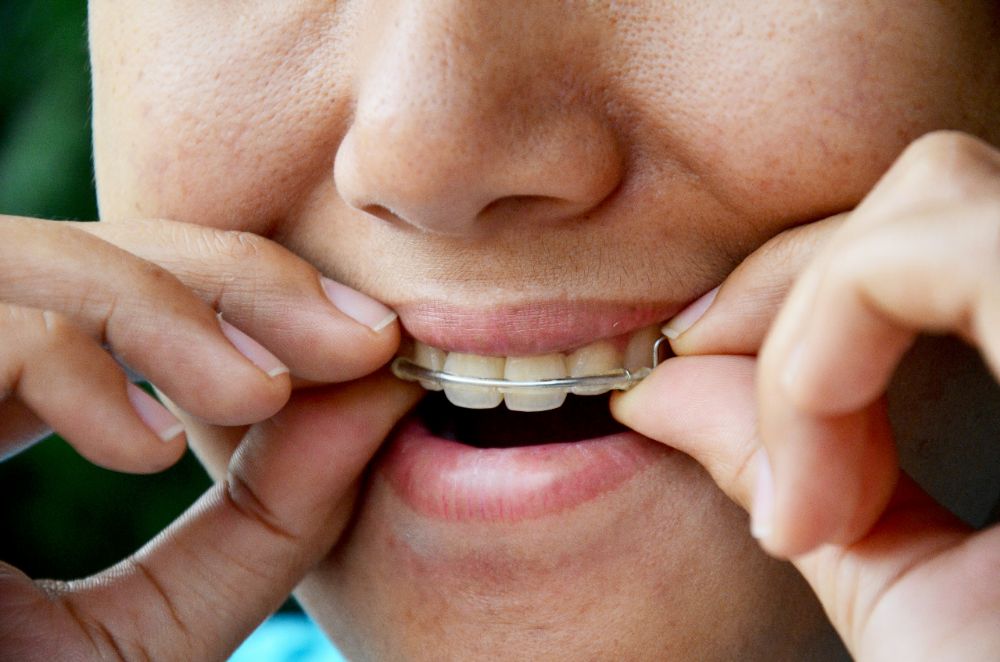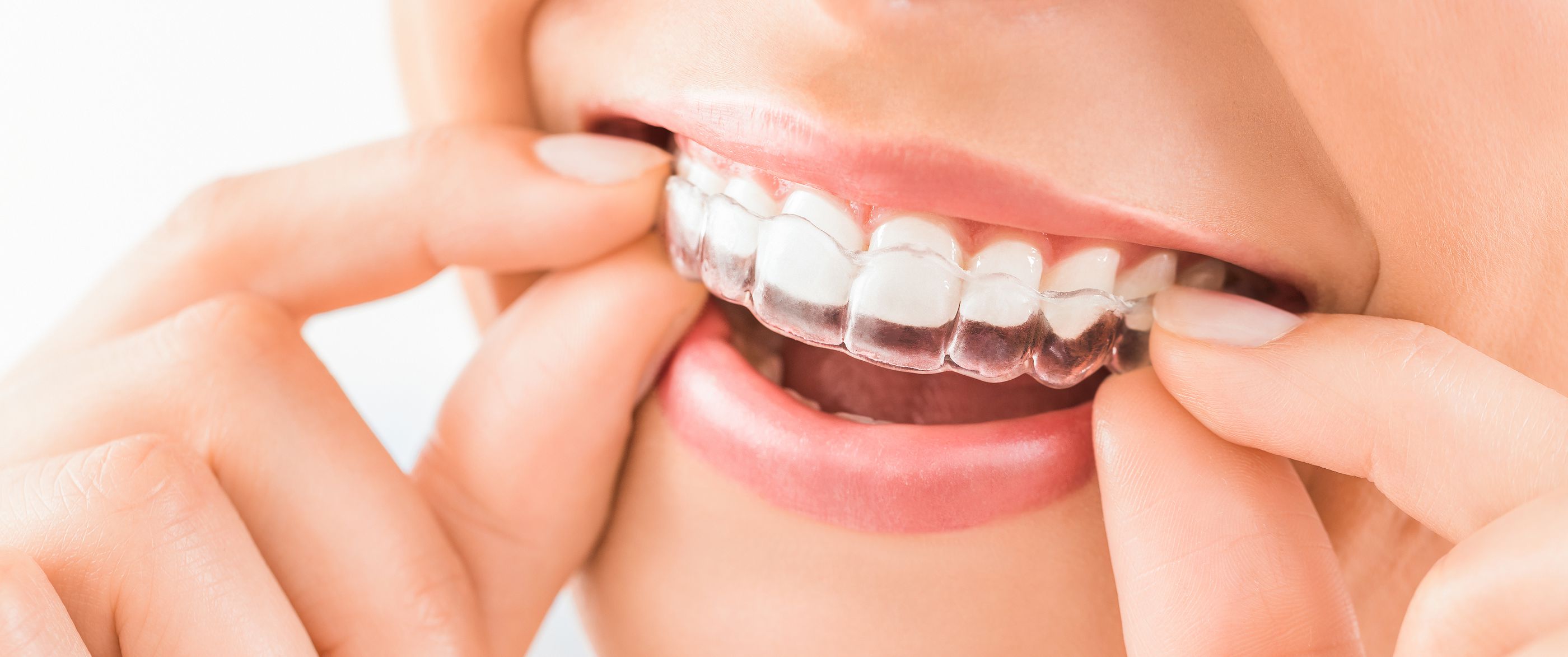How Long Do I Have to Wear Retainers: Essential Guidelines
Last Updated on 3 months by DR. ALBIN SIPES
You need to wear retainers for the rest of your life. Initially, you will wear them full-time, and later transition to night-time use only.
Wearing retainers is crucial after orthodontic treatment. They keep your teeth in their new positions. Without retainers, teeth can shift back to their original places. The first few months are the most critical. During this time, your orthodontist might ask you to wear retainers day and night.
After that, you might only need them at night. Retainers can be annoying, but they are important. They help maintain your beautiful smile. Understanding the importance of retainers can make the process easier. In this post, we will discuss why retainers are necessary, how long you need them, and tips to make wearing them more comfortable.
Importance Of Retainers
Retainers play a crucial role in maintaining your dental alignment after orthodontic treatment. They help keep your teeth in their new positions, ensuring that your smile remains straight and beautiful. Without retainers, your teeth can shift back to their original positions, undoing all the hard work you’ve put into achieving that perfect smile. Let’s explore why retainers are so important.
Maintaining Alignment
Retainers are essential for keeping your teeth aligned. After braces or Invisalign, your teeth need time to settle into their new positions. Retainers ensure that your teeth stay in place during this period. Without them, teeth can easily shift, causing misalignment and other dental issues. Consistent use of retainers helps maintain the alignment achieved through orthodontic treatment.
Preventing Relapse
One of the main purposes of retainers is to prevent relapse. Relapse occurs when teeth move back to their original, misaligned positions. This can happen due to various reasons such as natural tendencies of teeth to shift or improper retainer use. Using retainers as directed by your orthodontist is vital to prevent this. Regular wear of retainers minimizes the risk of relapse, ensuring your teeth remain in their corrected positions.
Here’s a simple breakdown of the importance of wearing retainers:
- Maintaining Alignment: Keeps teeth in their new positions.
- Preventing Relapse: Stops teeth from shifting back.
- Oral Health: Helps in maintaining overall dental health.
Remember, the duration and type of retainer usage will vary based on individual needs. Always follow your orthodontist’s instructions to get the best results from your treatment.
Types Of Retainers
Retainers are essential for maintaining your new smile after braces. There are different types of retainers to choose from, each with its pros and cons. Understanding these types can help you make an informed decision.
Fixed Retainers
Fixed retainers are also known as bonded or permanent retainers. They consist of a thin wire attached to the back of your teeth. Dentists usually use dental cement to secure the wire in place.
Advantages of fixed retainers:
- They stay in place, so you don’t have to remember to wear them.
- They are not visible from the front of your teeth.
- They provide continuous support to maintain teeth alignment.
Disadvantages of fixed retainers:
- They can make flossing difficult.
- They may require special cleaning tools.
- They might cause some discomfort initially.
Removable Retainers
Removable retainers can be taken out when eating or brushing your teeth. They come in two main types: Hawley retainers and clear plastic retainers.
Hawley retainers have a plastic base that sits on the roof of your mouth or under your tongue. They also have a metal wire that wraps around the front of your teeth.
Clear plastic retainers are custom-made to fit your teeth perfectly. They are similar to clear aligners and are nearly invisible.
Advantages of removable retainers:
- They are easier to clean than fixed retainers.
- They can be removed during meals or while brushing.
- Clear retainers are less noticeable.
Disadvantages of removable retainers:
- They can be lost or damaged if not handled carefully.
- They require daily wear to be effective.
- They may cause temporary speech changes.
Choosing the right type of retainer depends on your needs and lifestyle. Consult your orthodontist to find the best option for you.
Initial Phase: After Braces
The initial phase after getting your braces removed is crucial. This phase ensures your teeth stay in their new positions. Retainers play a key role in this process. They help maintain your smile. But how long do you need to wear them? Let’s break it down.
First Few Months
During the first few months, your teeth are still settling. This period is critical. Your orthodontist will likely advise you to wear your retainers constantly. This means day and night, only removing them to eat or brush your teeth.
Your teeth can shift back quickly without proper use of retainers. Continuous wear prevents any unwanted movement. It keeps your new smile intact.
Daily Wear Schedule
Establishing a daily wear schedule is essential. Here’s a simple breakdown:
- Wear your retainers for at least 22 hours each day.
- Remove them only for meals and oral hygiene.
- Clean your retainers regularly to maintain oral health.
After the initial months, your orthodontist may adjust your wear schedule. This could mean wearing them only at night. Follow their advice closely.
Proper retainer use during the initial phase ensures lasting results. It preserves the hard work of your braces journey.
Long-term Wear
Wearing retainers is crucial for maintaining your straightened teeth. Long-term wear ensures your teeth stay in their new position. Without it, teeth may shift back to their original places.
Nighttime Wear
After the initial phase of constant wear, you can switch to nighttime wear. This means wearing your retainers every night while you sleep. Nighttime wear helps keep your teeth aligned without disrupting your daily routine.
Consistency is key. Make sure to wear them every night. Skipping nights can lead to teeth shifting.
Duration Over Years
Long-term wear typically spans over several years. Most orthodontists recommend wearing retainers for life. But the frequency changes over time.
Here’s a simple timeline:
- First Year: Every night
- Years 2-3: Every other night
- Years 4+: A few nights a week
Remember, each person’s teeth are different. Your orthodontist will provide specific guidelines tailored to your needs.
Signs You Need Adjustments
Wearing retainers is crucial for maintaining your teeth’s new position. Sometimes, adjustments are necessary. Knowing the signs can help you stay on track. Here are some signs you might need an adjustment.
Discomfort Or Pain
Experiencing discomfort or pain can be a sign that your retainer needs adjusting. This pain could be mild or severe. It can make wearing the retainer difficult. If the retainer causes sores or cuts, see your orthodontist. A well-fitting retainer should not cause pain.
Visible Shifts In Teeth
Check your teeth regularly. Look for any visible shifts. If teeth start to move, it might mean your retainer is not working. Early detection helps prevent major shifts. Regular monitoring can save you from bigger issues later on.
Proper Care And Maintenance
Proper care and maintenance of your retainers ensure they last longer and stay effective. Neglecting care can lead to damage and costly replacements. Here are some essential tips to keep your retainers in top condition.
Cleaning Tips
Cleaning your retainers daily prevents plaque buildup and keeps them fresh. Follow these tips:
- Brush gently: Use a soft-bristle toothbrush and non-abrasive toothpaste. Brush your retainers gently to avoid scratches.
- Soak regularly: Soak your retainers in a denture cleaner or retainer cleaner. Follow the product instructions for the best results.
- Avoid heat: Never use hot water to clean your retainers. Heat can warp the plastic and ruin the fit.
- Rinse thoroughly: Rinse your retainers with lukewarm water after each meal. This removes food particles and bacteria.
Storage Solutions
Proper storage is crucial to protect your retainers from damage and loss. Here are some storage tips:
- Use a case: Always store your retainers in a hard-shell case when not in use. This prevents breakage and keeps them clean.
- Avoid napkins: Never wrap your retainers in napkins or tissues. They can easily be thrown away by mistake.
- Keep them dry: Ensure your retainers are dry before placing them in the case. Moisture can promote bacterial growth.
- Label your case: If you have multiple cases in your household, label them. This avoids mix-ups and confusion.
Consequences Of Not Wearing Retainers
Wearing retainers is essential after orthodontic treatment. Neglecting them can lead to unwanted consequences. Let’s explore what happens if you don’t wear your retainers.
Teeth Shifting
Without retainers, your teeth may shift back to their old positions. This is because teeth have a natural memory. They want to return to where they were before treatment. Even slight movement can affect your smile. It might also impact your bite, leading to discomfort.
Potential Need For Re-treatment
Teeth shifting can lead to the need for re-treatment. This means you might have to undergo orthodontic procedures again. Re-treatment can be costly and time-consuming. It also means more discomfort and hassle. Wearing your retainers as advised saves you from this potential ordeal.
| Consequence | Impact |
|---|---|
| Teeth Shifting | Teeth move back to old positions |
| Re-treatment | Need for further orthodontic procedures |
In summary, not wearing retainers can lead to undesirable outcomes. Ensure you follow your orthodontist’s advice to maintain your perfect smile.
Consulting Your Orthodontist
Consulting your orthodontist is crucial for understanding how long you need to wear retainers. They provide expert advice tailored to your unique needs. Your orthodontist will consider your specific dental situation and goals.
Regular Check-ups
Regular check-ups with your orthodontist are essential. These visits help monitor your progress. Frequent appointments can detect issues early. This helps in making necessary adjustments to your retainers.
During these check-ups, your orthodontist will examine your teeth alignment. They will also check the fit of your retainers. This ensures that your treatment plan stays on track.
Customizing Your Plan
Every patient has different needs. Your orthodontist will customize your retainer plan based on your dental condition. This personalized plan helps achieve the best results.
A customized plan may include different types of retainers. It might involve specific wearing schedules too. Your orthodontist knows what works best for you.
Consulting your orthodontist ensures that your retainer plan is effective. This leads to a better, long-lasting smile.
Conclusion
Wearing retainers is crucial for maintaining your straight teeth. Consistency matters. Always follow your orthodontist’s advice. Initially, wear them full-time. Gradually, switch to nightly use. This helps keep your smile aligned. Retainers prevent teeth from shifting back. So, don’t skip wearing them.
Remember, a little effort goes a long way. Your future smile will thank you. Stay committed to your retainer routine. Enjoy the lasting results of your orthodontic treatment.



